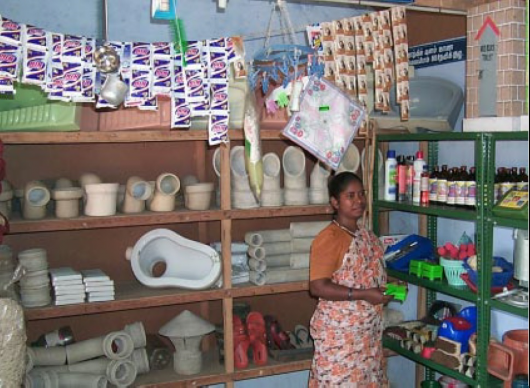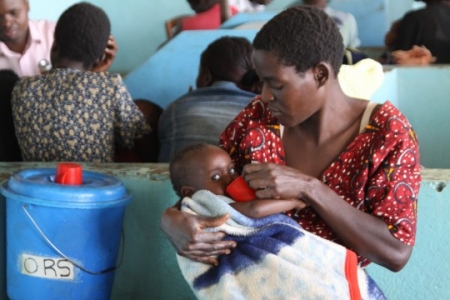
Recently, scientists at the Ghent University have successfully engineered a new folate-rich rice strain. The most notable achievement of this experiment has been the stabilization of the bio-engineered nutrition richness.
Biofortification is a relatively new venture into the field of agricultural biotechnology. It involves modifying the genetic makeup of an agricultural plant to yield a more nutrient-rich product. The results of biofortification of plants have been tested for nutritional value and bio-availability for the consumers, with promising results.
In addition to increasing the nutrition value of food products, scientists are also focusing on making the products more sustainable. New research in this area is committed to not only increasing the dietary value of the crops, but also providing for practical answers for food shortage problems globally. For instance, crops that are more resistant to droughts and natural adversities are being manufactured. Food staples such as grains are being engineered to comprise nutrients from more expensive and inaccessible vegetables.
A significant issue in the provision of sufficient food for the whole world is the problem of food wastage and storage. The world today produces more food per person than ever before; however, food insecurity continues to be an issue with the improper handling and storage of food.
Crops such as rice, wheat and other grains are generally easier to store than most foodstuffs. However, the long-term storage of food deprives them of much of their nutritional value. Micronutrients such as vitamins and minerals are likely to be degraded as a result of long-term storage, as well as the methods of storage.
Folate, or Vitamin B9 as it is popularly known, is one such nutrient. It is found in abundance in leafy green vegetables such as spinach; such vegetables are, however, difficult to store for extended periods of time. Folate is a water-soluble vitamin; consequently, it cannot be stored in the body, and needs to be replenished constantly. Folate deficiency can lead to abnormally large blood cells, and ultimately anemia, which is particularly dangerous for pregnant women.
To tackle this problem, the researchers at Ghent University took a two-pronged approach: making the rice folate-rich, as well as stabilizing the folate to ensure its availability after long periods of storage. They used a folate-binding protein- found originally in animals- to stabilize the folate molecules. The resulting molecule was found to be more resistant to degradation after storage.
The rice strain manufactured has not been introduced commercially as of yet; the public use of the strain remains subject to testing and approval by appropriate authorities. This research is, nevertheless, an innovative step in the quest for engineering more nutritious and healthier crops for ending hunger and malnourishment.
– Atifah Safi
Sources: Ugent, NIH
Photo: cbnnews









